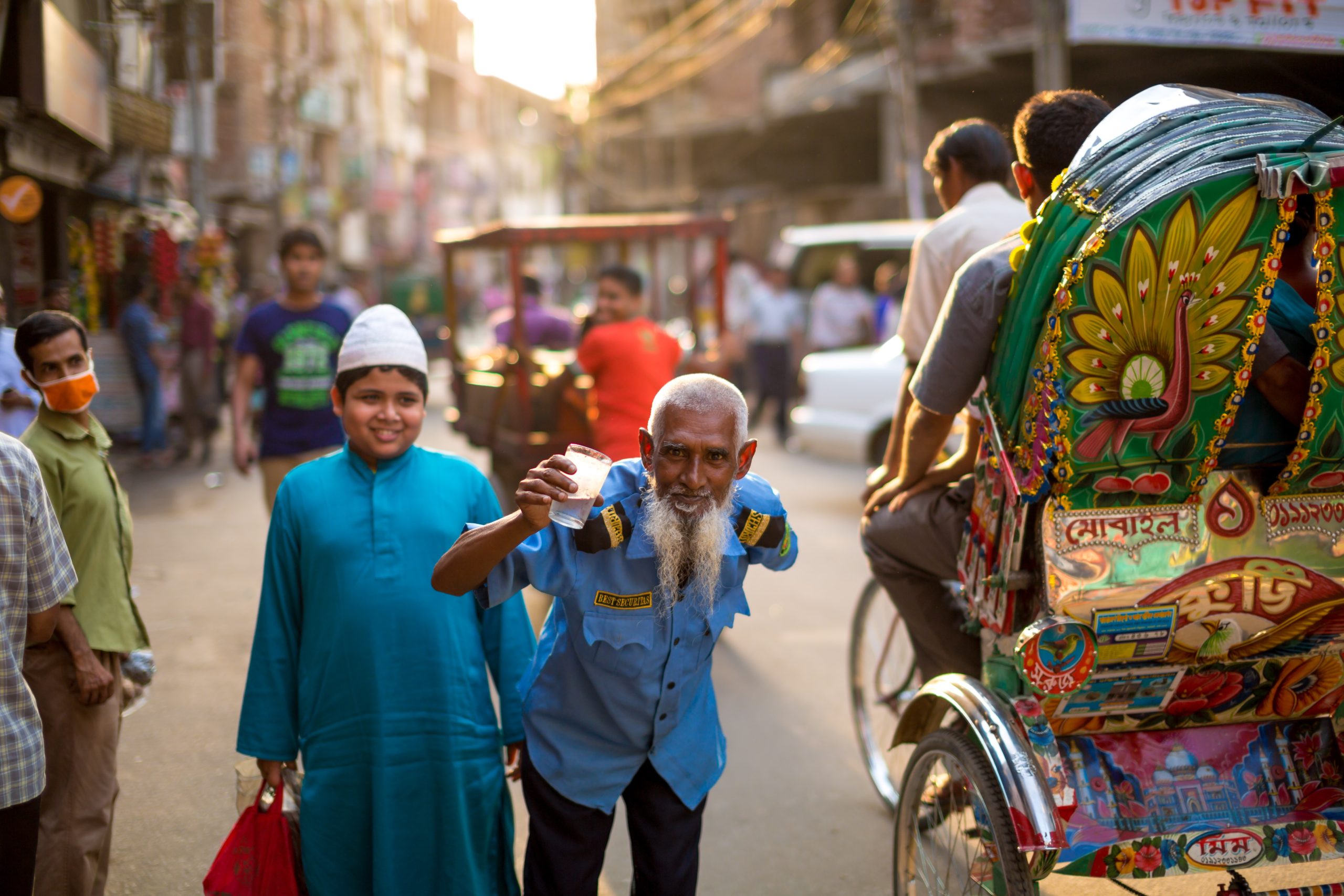From its earliest days as a trading lingua franca to the present day, Bengali has played a leading role in the cultural and economic development of South Asia. Its 200 million speakers form a massive market that farsighted businesses are eager to explore, backed by expert help from professional Bengali translators.
With a history stretching back over 1,000 years, Bengali (Bangla for natives) is the official language of Bangladesh. Ranking seventh among the world’s most widely spoken languages, it is also spoken in parts of India, Pakistan, and Nepal.
Millennia of Bengali Culture
A member of the Indo-Aryan language family, Bengali developed from two ancient languages: Sanskrit and Prakrit, with all three written left to right.
Bengali literature began to appear in the 12th century CE, with works such as the Charyapada, a collection of Buddhist mystical poetry. In subsequent centuries, Bengali writers flourished under the patronage of Muslim dynasties.
The British Raj had sweeping impacts on Bengal and its culture. An official language of British India since 1837, Bengali became one of the official languages of Pakistan after Partition (1947).
Rich in literature and culture, Bengali is the medium of expression chosen by many great poets and writers. But it was only in the 19th century that the Bengal Renaissance led to a resurgence of Bengali as a literary and cultural phenomenon. A plethora of intellectual, artistic, cultural, and social initiatives thrived in the Bengal region of the British Raj from the late 1800s to the eve of World War II.
In 1971, Bangladesh declared independence from Pakistan, when Bengali once again became an official language of an independent nation. It is also among the 22 official languages of India.
Mother Tongue Martyrs
In 1952, several people were killed while protesting against Urdu as Pakistan’s only official language. This chapter of history is now commemorated as Martyr’s Day (Shaheed Dibosh) in Bangladesh, with the search for victims still active.
Half a century later, UNESCO honored the world’s only language martyrs by declaring February 21 as International Mother Language Day. This tribute is designed to promote multilingualism and enhance awareness of cultural and linguistic diversity.
Economic Powerhouse in South Asia
The Bangladeshi economy is among the leading markets in South Asia, making Bengali an important language for trade and business. But the Bengali-speaking market is global, for businesses eager to explore its untapped potential.
The Bangla diaspora is estimated to encompass more than thirteen million Bangladeshis living abroad. An estimated two million Bengalis are working in the IT industry in India, while major Bangladeshi outflows settled in Saudi Arabia and other Persian Gulf nations. The UK is home to the largest Bangladeshi community in Europe, with significant groups in the USA, as well as South Africa, Canada, and Australia.
Takeaway: Historically, Bangladesh, and the Bengali language, has always represented a crossroads, located strategically between Pakistan and India. Ranked among Goldman Sachs’ Next Eleven as an emerging market, it appeals to businesses eager to explore new frontiers—reason why it’s important to seek the professional backing of experienced linguists like Trusted Translations can offer.
Photo by Kelly at pexels.com






